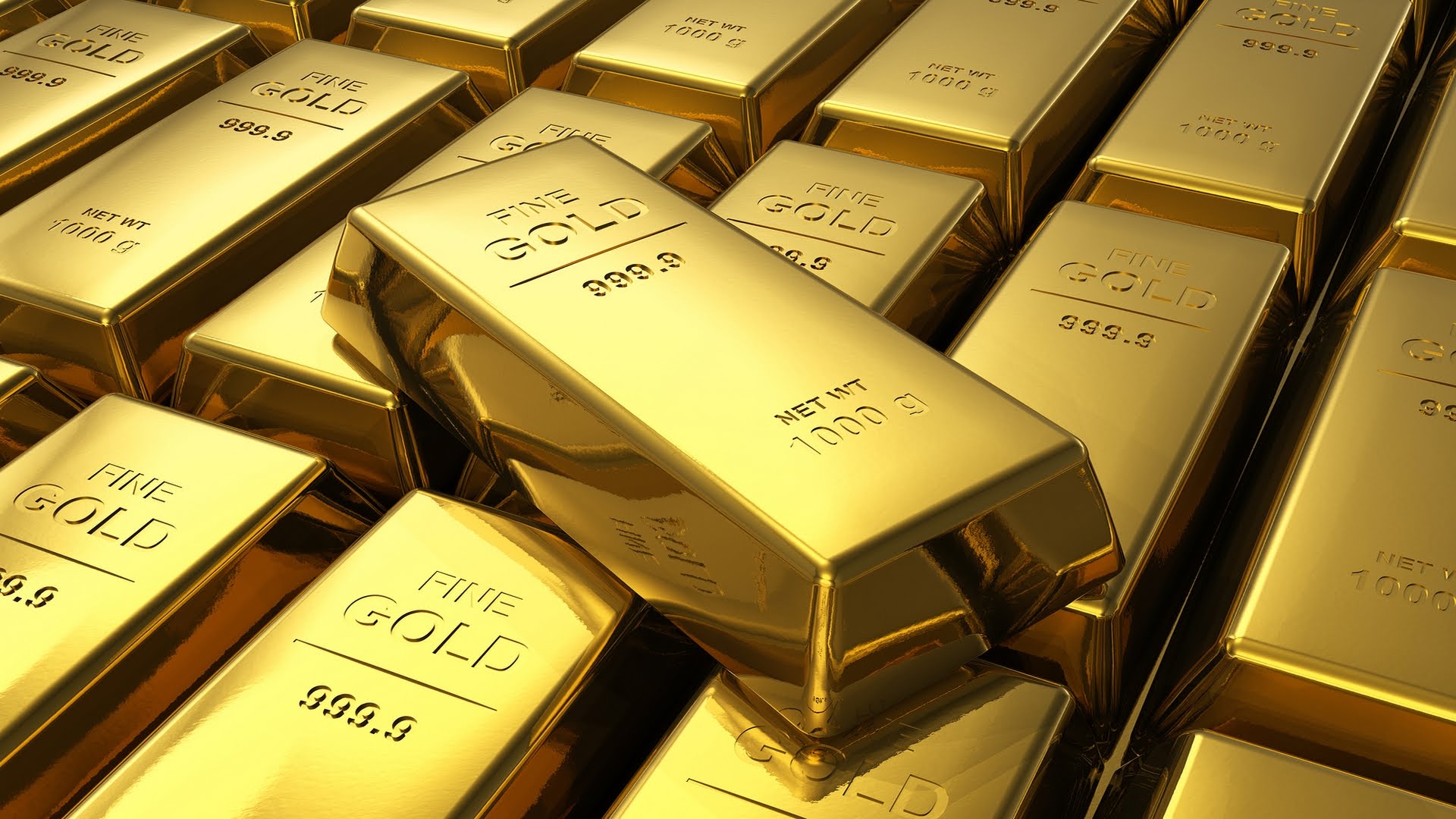In 2023, gold not only performed well but also exceeded expectations. At its peak, gold reached a record high of close to $2,150 per ounce before stabilizing around $2,050. This surge in price was attributed to several factors including tensions in the Middle East, anticipated U.S. interest rate cuts, and a weakening dollar. Despite this significant rise, media coverage remained minimal, mainly capturing the attention of gold enthusiasts.
Looking ahead to 2024, the impact of the global economic climate on gold continues to be a point of interest. Economists are predicting a modest recovery year for 2024, with most countries expected to experience growth rates below their historical averages. The expectation is for a “soft landing” coming out of the high inflation environment of 2023, which could lead to positive but below-average growth or potentially a mild recession.
The Federal Reserve’s role in managing the economic climate will significantly influence gold’s performance in 2024. A soft landing, which could lead to reduced economic uncertainty, may have a neutral to slightly positive impact on gold. However, a hard landing, historically associated with the Fed following a rate hike cycle, could drive investors to flock to gold due to heightened uncertainty and decreased risk appetite.
In terms of gold demand, despite a strong performance in 2023, gold bullion ETFs saw significant outflows, particularly from European funds. Conversely, Asian funds increased their gold holdings. Central banks were key buyers of gold in 2023, with their purchases reaching the highest levels in over a decade due to the high inflation environment.
The performance of gold in 2024 will largely depend on the quality of the economic landing. A soft landing may see gold largely flat with upside potential, while a harsher landing could lead to an increase in gold prices. Central banks, which have been increasing their gold reserves, are preparing for potential economic challenges.
In the coming months, factors such as inflation, unemployment, and potential Fed rate cuts will be closely monitored to assess their impact on gold prices. Additionally, the actions and policies of central banks, particularly those of China, Poland, and Singapore, will be observed closely as they play a significant role in influencing gold prices.









